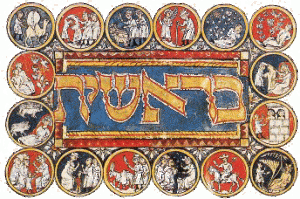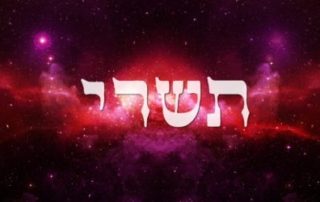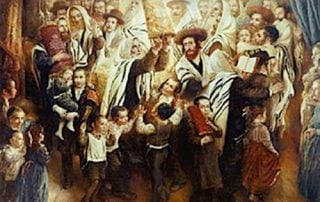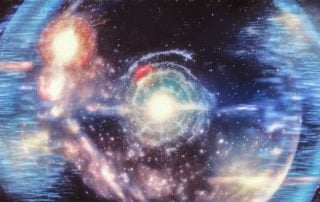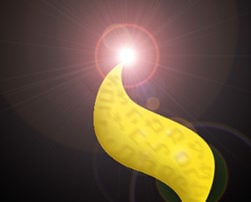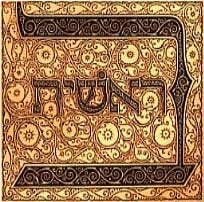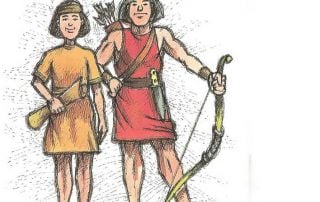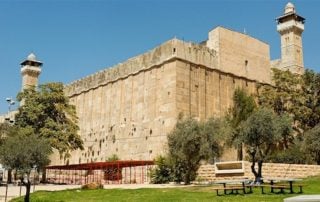Shabbat Bereshit – Past, Present, and Future
In the last post, Tishrei—Past, Present, and Future, we discussed how all Tishrei holidays – Rosh HaShanah, Yom Kippur, Sukkot, and Simchat Torah – are connected by the same thread of time and, more specifically, the unification of past, present, and future. This cluster of Tishrei holidays is culminated and concluded with Shabbat Bereshit, when we start the new annual cycle of reading the Torah. Not surprisingly, Shabbat Bereshit follows the same pattern of unification of past, present, and future. The Torah starts with the creation of the world. The story of Creation, obviously, relates to the past. The word “bereshit,” means, in the beginning. The root of “bereshit" is “reshit” – beginning. Beginning, however, points into the future – to something that will follow the beginning in the future. The Lubavitcher [...]

